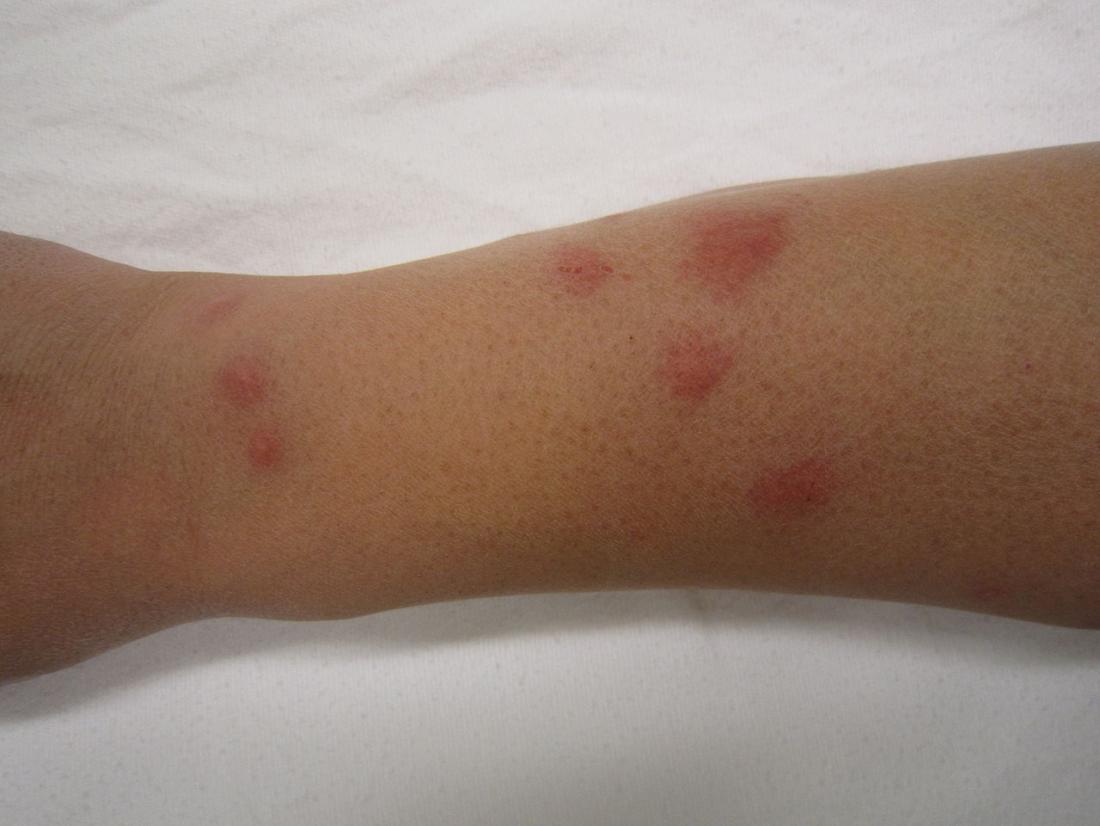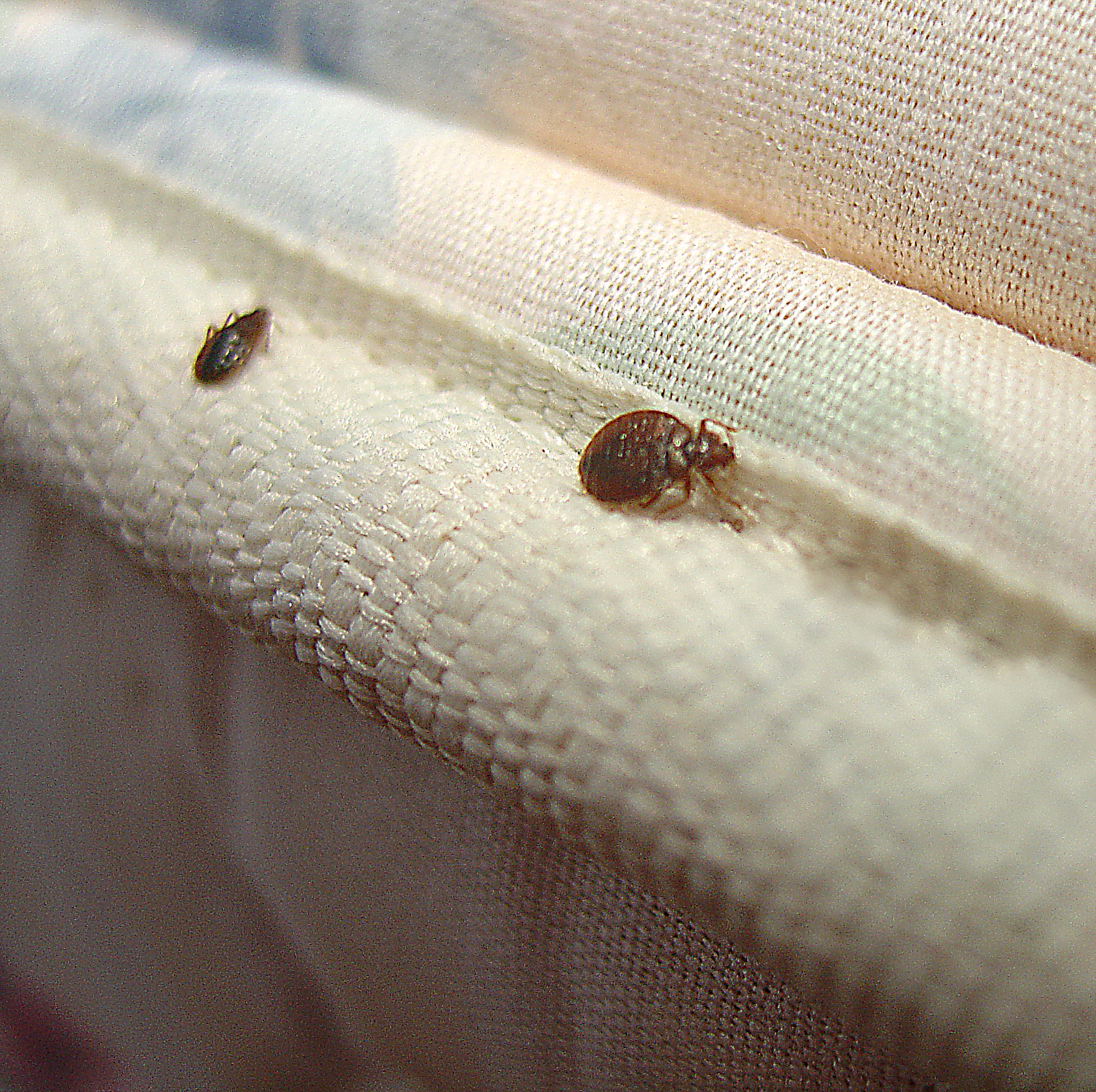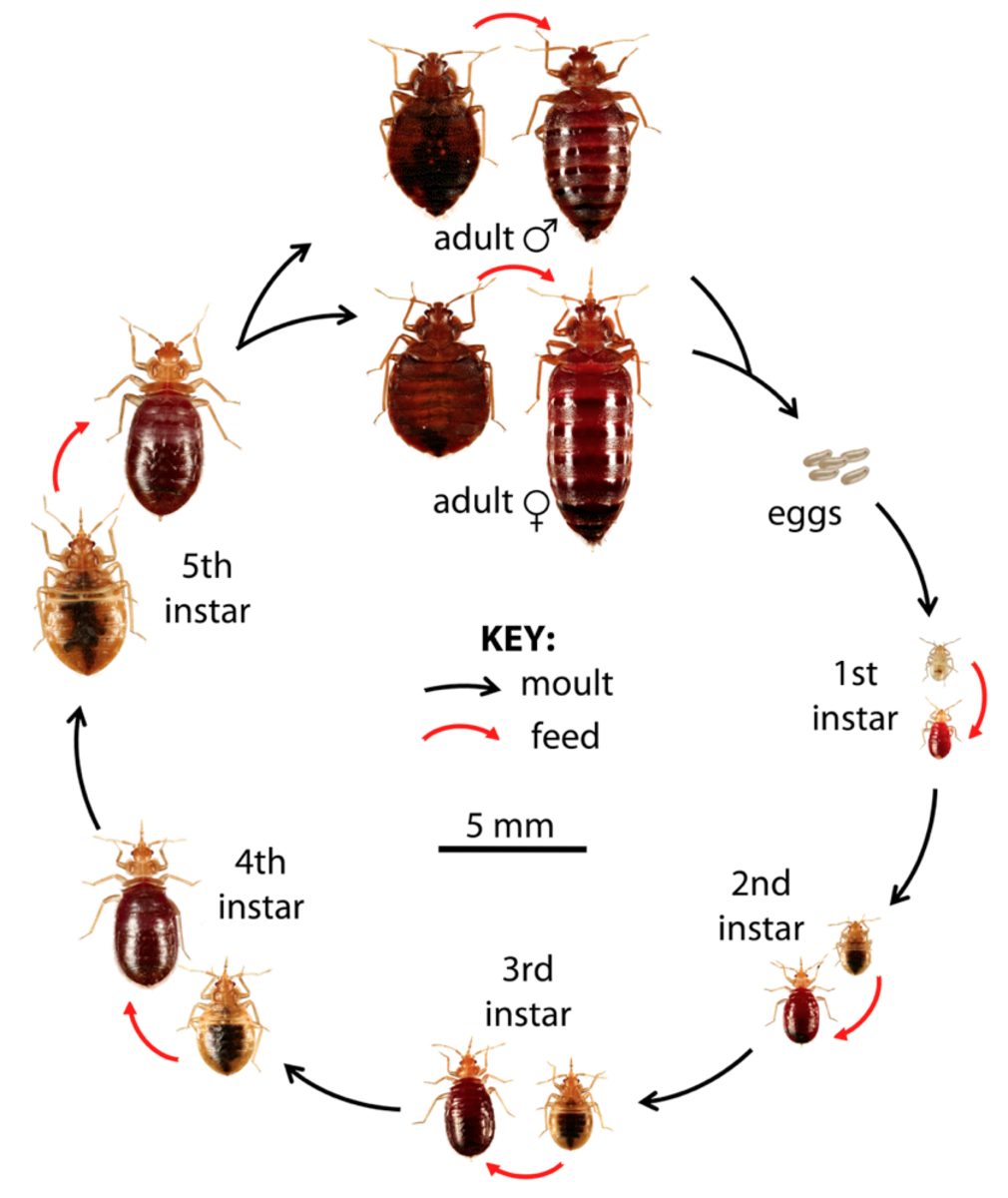I recently found one bed bug in my bedroom and I’m feeling overwhelmed. I’m sure many people find themselves in the same situation, so I’m writing this article to share what I have learned about finding one bed bug and what to do next. After reading this, you will know exactly what steps to take if you ever find yourself in this situation.
What is a Bed Bug?

I’m sure you’ve heard of bed bugs, but do you know what they are? Bed bugs are small, flat, brownish-red insects that feed on the blood of humans and other warm-blooded animals. They are wingless and have an oval shape. They are about the size of an apple seed and are visible to the naked eye. Bed bugs are most active at night, when they come out to feed. They hide in the cracks and crevices of beds, furniture, and other items during the day. They typically feed every 5 to 10 days, but can survive for several months without a meal. Bed bugs can be difficult to detect and can cause allergic reactions and other health problems.
Signs of Bed Bug Infestation

Bed bugs are one of the most difficult pests to detect and diagnose. The best way to identify a bed bug infestation is to look for signs of bed bugs. Here are some of the common signs to look out for:
| Signs | Description |
|---|---|
| Bite marks | Most people experience red, itchy bites after being bitten by a bed bug. These bites are usually in a line or cluster. |
| Fecal spots | Bed bugs leave behind dark spots of excrement on mattresses, bedding, and walls. |
| Blood stains | Blood stains on sheets or mattresses are a sign that bed bugs were present. |
| Shed skins | Bed bugs shed their skin several times as they grow. These shed skins can be seen on mattresses, furniture, or in the crevices of walls. |
| Live bugs | Bed bugs are small, brown insects that can be seen with the naked eye. They are most active at night and hide during the day. |
If you suspect you have bed bugs, it is important to take steps to eradicate them as soon as possible.
Bed Bug Bites

- Bed bug bites can appear in lines or clusters and range from red, itchy welts to swollen, hard bumps.
- Bed bug bites may take several days to develop and can last for several weeks.
- Bites may be presented in a range of sizes, from tiny to large welts.
- The bites may itch, which can cause further skin damage if scratched.
- In some cases, a person may experience an allergic reaction to the bites.
- In extreme cases, a person may experience anaphylaxis, which can be life-threatening.
How to Inspect for Bed Bugs

I start by checking the mattress and box spring for signs of bed bugs. I look closely for the bugs themselves and their dark droppings. I lift the mattress and inspect it closely on both sides, including any tufts, folds, and seams. I inspect the box spring in the same way, paying attention to any cracks. I also check the bed frame, headboard, and footboard.
Next, I check the bedding. I inspect the sheets, mattress pad, blankets, and comforter for any signs of bed bugs, including droppings and live bugs. I then remove the bedding and check the mattress and box spring again.
I also check any furniture near the bed, such as nightstands, dressers, and chairs. I look for any signs of bed bugs, such as small, dark spots on the furniture. I inspect all the other furniture in the room in the same way.
The last step is to check any other items in the room that might be harboring bed bugs, such as curtains, rugs, and clothing. I look for any signs of bed bugs or their droppings on these items.
Once I have inspected the entire room, I can take steps to get rid of any bed bugs I find.
How to Get Rid of Bed Bugs

The first thing I would do is take immediate action. This means that I need to contain and clean the area where I found the bed bug. I should vacuum the area thoroughly and dispose of the vacuum bag in a sealed bag. I should also wash the bedding and any linen in hot water and dry them on the highest heat setting. I should also check the seams of my mattress and box spring for bed bugs and eggs.
Next, I need to inspect the rest of the bedroom, as well as other rooms in my home, to look for signs of bed bugs. I should check baseboards, carpet edges, behind furniture, and any other spots where bed bugs may hide.
I can also look for signs of bed bugs such as shed skins, fecal spots, and eggs. If I find any signs, I should treat the entire room, not just the spot where I found the bed bug.
If I see bed bugs, I should contact a pest control professional to help get rid of them. A professional knows how to use the right treatments and techniques to get rid of the infestation.
Finally, I should take preventive measures to make sure that the bed bugs don’t come back. This means that I should vacuum my home regularly, seal cracks and crevices, and check for bed bugs when I travel. I should also use bed bug proof mattress and box spring encasements to protect my bed from future infestations.
Prevention of Bed Bug Infestation

- Check your home and furniture regularly for bed bugs
- Vacuum your home often and thoroughly
- Clean your bedding, curtains and upholstery regularly
- Encase your mattresses and box springs with dust-proof covers
- Clean your pet’s bedding regularly
- Check used furniture and secondhand items for bed bugs before bringing them into your home
- Check your luggage, clothing and personal items for bed bugs when returning from a trip
- Be aware of the signs and symptoms of bed bugs, and take action quickly if you suspect there is an infestation
Treatment of Bed Bug Bites
Bed bug bites can cause itching and swelling. To relieve the itching, use over-the-counter antihistamines or topical steroid creams. To reduce swelling, apply an ice pack to the affected area.
If you experience an allergic reaction, such as difficulty breathing or hives, seek medical attention immediately.
To prevent infection, avoid scratching the bites and keep the affected area clean. Wash the area with soap and water and apply an antibiotic ointment. If the bites become infected, you may need to take antibiotics.
Table of Treatment Options
| Treatment | Description |
|---|---|
| Antihistamines | Reduce itching and swelling. |
| Steroid Cream | Reduce itching and swelling. |
| Ice Pack | Reduce swelling. |
| Soap and Water | Cleanse the affected area. |
| Antibiotic Ointment | Prevent infection. |
| Antibiotics | Treat infections. |
Bed Bug Extermination
- Contact a licensed pest exterminator. This is the most effective way to get rid of bed bugs.
- The exterminator will inspect the affected areas to determine the extent of the infestation.
- The exterminator will use a variety of techniques to eradicate the bed bugs, including chemical or heat treatments.
- Once the bed bug infestation is eliminated, you may need to take additional steps to prevent a re-infestation.
- This may include encasing mattresses and box springs in special covers, washing and drying bedding on hot settings, and vacuuming and sealing cracks and crevices in furniture and walls.
Frequently Asked Questions
What should I do if I find one bed bug?
If you find a bed bug, the first step should be to identify it so you can address the problem correctly. To do this, you can use a magnifying glass to inspect the bug and compare it to pictures online. Once you have confirmed it is a bed bug, it’s important to take the necessary steps to get rid of them. Vacuum the area where the bug was found and other nearby areas, then dispose of the vacuum bag immediately. You may need to consult a professional pest control company to assess the infestation and determine the best course of action.
How can I tell if there are more bed bugs in my bed?
To tell if there are more bed bugs in your bed, look for the following signs: the presence of small black spots (bed bug fecal matter) on the mattress, bedding, and walls; tiny blood stains on bedding, sheets, and mattresses; and shed exoskeletons or shells of bed bugs. Additionally, you may notice a musty odor in the area where the bed bug was found. If you suspect you have more bed bugs, contact a professional exterminator for help.
What are the Symptoms of a Bed Bug Infestation?
Bed bug infestations often go unnoticed for long periods of time, as the bugs are nocturnal and hide well. Common symptoms include itchy welts on the skin, a sweet musty odour in the affected areas, and dark spotting on bed sheets, mattresses and other fabrics. Bed bugs may also leave behind small, rust-coloured stains from their excrement. If you suspect a bed bug infestation, you should inspect your home thoroughly to look for signs of the bugs.
Are there any effective methods to get rid of bed bugs?
The most effective way to get rid of a bed bug infestation is to contact a pest control company to carry out a professional extermination. This will involve an inspection of the affected area to identify the source and extent of the infestation, followed by the use of chemical treatments to eradicate the bed bugs. Vacuuming and steam cleaning are also effective methods to reduce the population of bed bugs. It is also important to wash all bedding, clothing and other items in hot water and dry them on a high heat setting to kill any remaining bed bugs.
How can I prevent a bed bug infestation in the future?
To reduce the risk of a future infestation, regularly inspect your home for signs of bed bugs such as eggs, shed exoskeletons and fecal spots. Vacuum regularly and use a steam cleaner on furniture, rugs and bedding. Reduce clutter, as this can provide a safe harbor for bed bugs. Use mattress, box spring and pillow encasements to prevent bed bugs from hiding inside. If traveling, inspect your hotel room for any signs of bed bugs before settling in.
Conclusion
I hope this article has given you the tools you need to confidently handle a bed bug infestation. The most important advice to remember is to act quickly, as bed bugs can spread quickly and be difficult to eradicate. Taking the appropriate steps to contain the bed bug infestation and using the right pest control products can help you get rid of the problem. With the right approach, you can successfully eliminate a bed bug infestation from your home.






